
|
|
|
Sponsors

|
Grand Lyon Métropole |
| The Metropolis of Lyon was born on January 1, 2015: it is a unique territorial community in France created by the merger of the Urban Community of Lyon and the General Council of the Rhône out of the 59 municipalities that make up the territory of Greater Lyon. On January 1, 2018, the metropolis of Lyon had 1,411,571 inhabitants. | |

|
Région Auvergne Rhône-Alpe |
| Auvergne-Rhône-Alpes is a French administrative region located in the south-eastern quarter of France. It was created by the territorial reform of 2015 and set up after the regional elections of December 2015. Bringing together the former Auvergne and Rhône-Alpes regions, it is made up of 12 departments and a metropolis with territorial community status, its surface area is 69,711 km2 and its population was 7,877,698 inhabitants in 2015; its capital is Lyon. | |
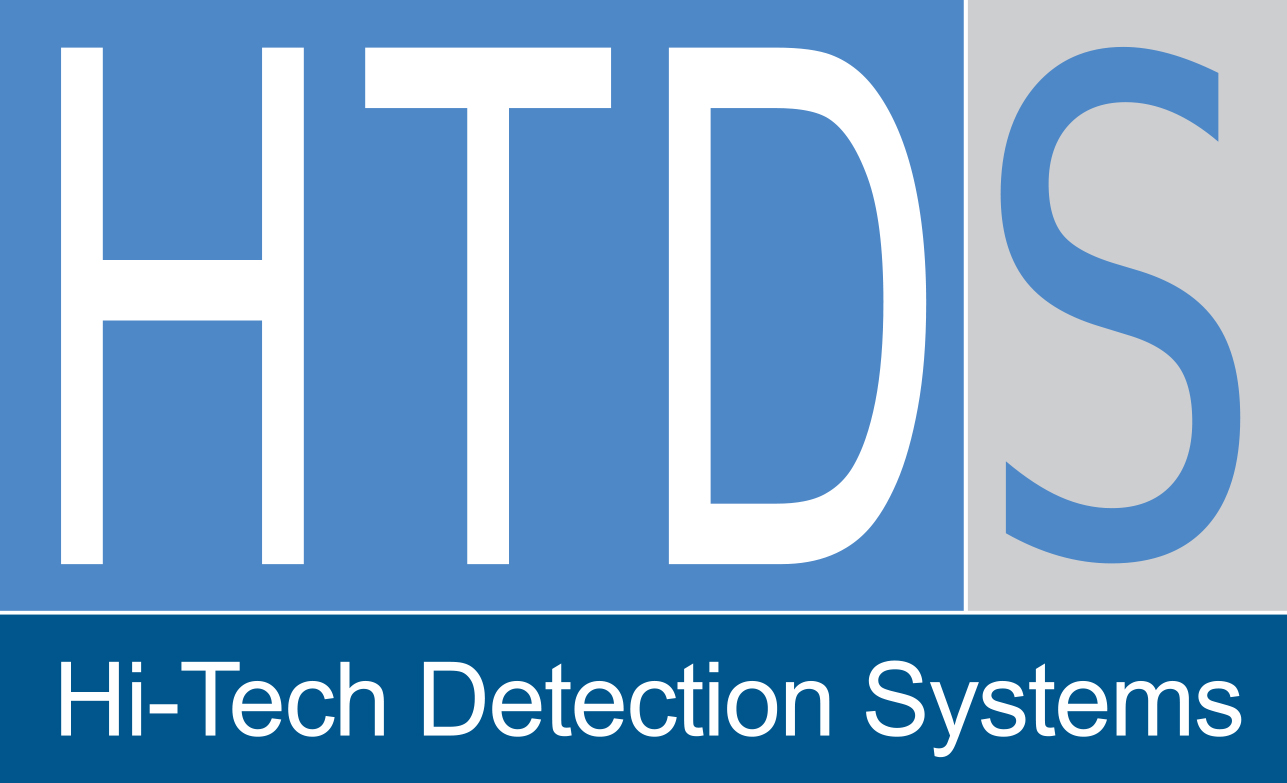
|
HTDS |
| HTDS – High Tech Detection Systems – is a French company specialized in the distribution and maintenance of high technology detection systems in France and abroad. It was created in January 2002 by a team of Perkin Elmer executives and now has more than 250 employees in 9 countries, including 65 salespeople and 90 after-sales service technicians. It has subsequently earned the trust of world leaders in high-tech detection. In addition to PerkinElmer, HTDS today distributes a selection of internationally renowned brands (Ametek, Rapiscan, Dylog, Applied BioSystems, Ortec …) and has major references in more than 30 countries worldwide. | |
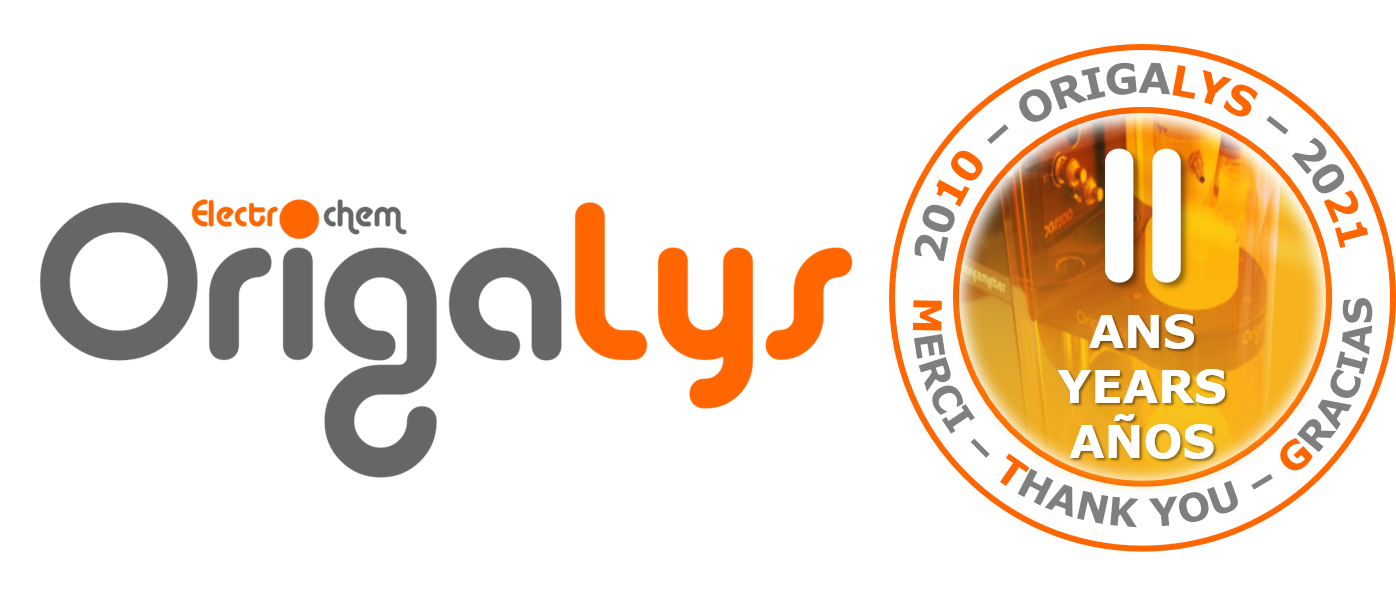
|
OrigaLys |
| OrigaLys was founded in 2010, by R&D engineers from a famous French manufacturer (Tacussel then Radiometer Analytical) of Potentiostat, Galvanostat and Impedancemeter (EIS), based in Lyon, France. At that time, the company was housed in the Cap-Nord nursery. Our goal is to offer quality products , with a modern design and an excellent value for money. With more than 30 years of experience in electrochemistry and relying on an international network of distributors, we are able to provide a complete range : Instruments: Potentiostat-Galvanostat-Impedance meter, Multi-Potentiostats, pH-meter and Rotating electrode Software Electrodes End caps Accessories | |

|
BioLogic |
| BioLogic is a global leader for high precision potentiostats/galvanostats and multipotentiostats, battery cyclers and electrochemical scanning systems for more than 20 years. We provide integrated EIS systems, either in multi-channels format for battery cyclers or single portable potentiostats. Our leadership in the energy testing is balanced by our ability to explore low current as well for analytics and sensors investigations. Powerful EC-Lab & BT-Lab software platform proposes all kind of electrochemical tests procedure with built in the calculations tools. All our products are developed and designed in Seyssinet-Pariset, France. Bio-Logics skill is dedicated to strong support and relies on our optimized partners distribution network. We invite you to learn more about our BCS range. | |

|
The Electrochemical Society |
| The mission of The Electrochemical Society is to advance theory and practice at the forefront of electrochemical and solid state science and technology, and allied subjects. To encourage research, discussion, critical assessment, and dissemination of knowledge in these fields, the Society holds meetings, publishes scientific papers, fosters training and education of scientists and engineers, and cooperates with other organizations to promote science and technology in the public interest. | |
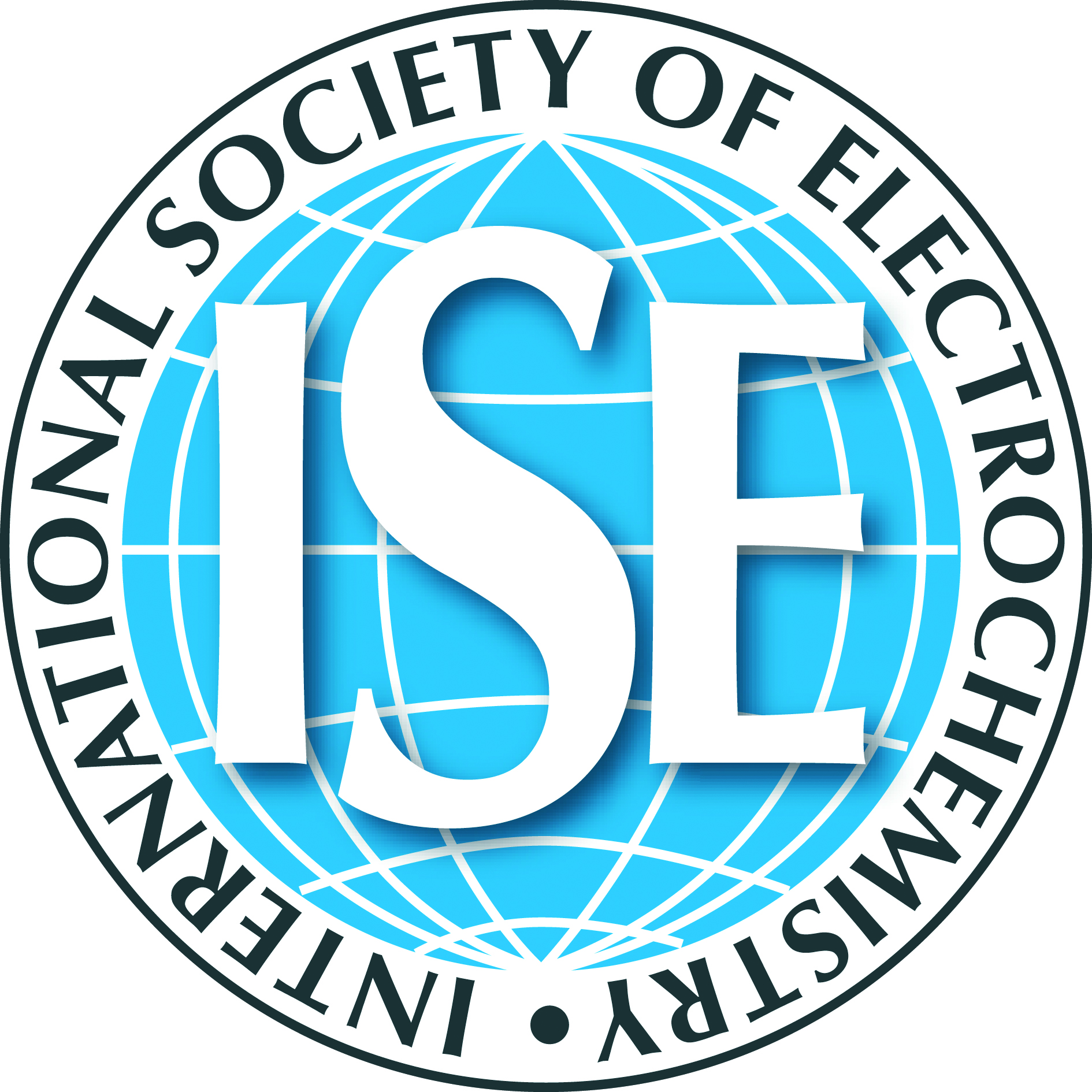
|
International Society of Electrochemistry |
| The International Society of Electrochemistry was founded in 1949 by leading European and American Electrochemists to serve the growing needs of electrochemistry in becoming a modern scientific discipline. Since then the association has evolved and now comprises about 3000 individual members and more than 20 Corporate Members (teaching institutions, non-profit-making research organizations and learned societies) and Corporate Sustaining Members (industrial and commercial organizations). Its membership comes from more than 70 countries and is organized in over 40 regional sections. | |

|
Laboratoire de Chimie |
| The Chemistry Laboratory is a joint unit operated by the CNRS, the École Normale Supérieure of Lyon and Université Lyon 1. The Chemistry Laboratory spans a range of specialities in chemistry and physical chemistry It develops interdisciplinary research projects at the frontiers with biology, material sciences and physics. | |

|
Laboratoire de Physique |
| Activities of the Physics Laboratory cover various fields, from statistical physics to hydrodynamic turbulence, including also mathematical physics and signal processing but also soft and condensed matter. This multidisciplinary approach is particularly fostered by the strong association with the physics teaching activities at ENS de Lyon. | |

|
ENS de Lyon |
| L'École normale supérieure de Lyon (also known as ENS de Lyon, ENSL or Normale Sup' Lyon) is a French public institution of higher education and research located in Lyon, France. It is one of France's four highly selective écoles normales supérieures, training teachers and researchers. | |

|
Université Claude Bernard Lyon 1 |
| The Université Claude Bernard Lyon 1, is one of the three public universities of Lyon, France. The dominant areas of study covered by the university are science and medicine. The main administrative, teaching and research facilities are located in Villeurbanne. Other campus are the domains of Gerland, Rockefeller and Laennec. Attached to the University are the Hospices civils de Lyon including the "Centre hospitalier Lyon Sud", which is the largest teaching hospital in the Rhône-Alpes region and second largest in France. | |

|
INSA de Lyon |
| The Institut National des Sciences Appliquées de Lyon or INSA Lyon is a Grande École d'Ingénieurs. The school was founded in 1957 to train highly qualified engineers, support continuing education, and conduct research and testing. The five-year curriculum aims at training engineers who possess human qualities and are well versed in the primary areas of science and engineering. Students may pursue a PhD upon completion of the 5-year curriculum. | |

|
Ecole Centrale de Lyon |
| The École centrale de Lyon (ECL), founded in 1857, is part of the Grandes Écoles, a prestigious group of French institutions dedicated to engineering, scientific research, and business education. The École centrale de Lyon is traditionally known for its research and education in applied science and engineering. Students graduate with a degree known as the diplôme d'ingénieur, which is an academic title protected by the French government and equivalent to a Master of Science, or with a Ph.D. upon completion of their doctoral studies. | |
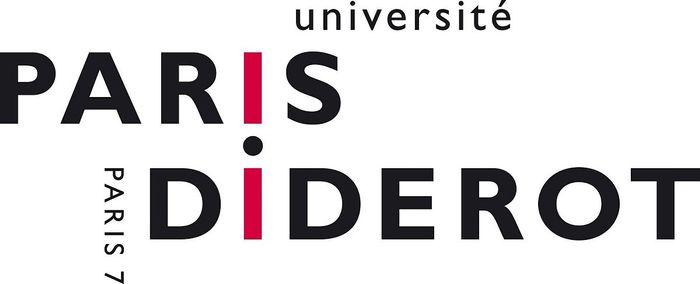
|
Université Paris Diderot |
| Paris Diderot University, also known as Paris 7, is a French university located in Paris, France. It was one of the heirs of the University of Paris, which ceased to exist in 1970. Professors from the faculties of Science, of Medicine and of Humanities chose then to create a new multidisciplinary university. The university hosts many disciplines: currently, with 2,300 educators and researchers, 1,100 administrative personnel and 26,000 students studying humanities, science or medicine. | |

|
Université Grenoble Alpes |
| The Université Grenoble Alpes (UGA, meaning "Grenoble Alps University") is a public research university in Grenoble, France. Founded in 1339, it is the third largest university in France with about 45,000 students and over 3,000 researchers. UGA have hundreds of research and teaching partnerships, including close collaboration with the French National Centre for Scientific Research (CNRS) and the French Alternative Energies and Atomic Energy Commission (CEA). | |
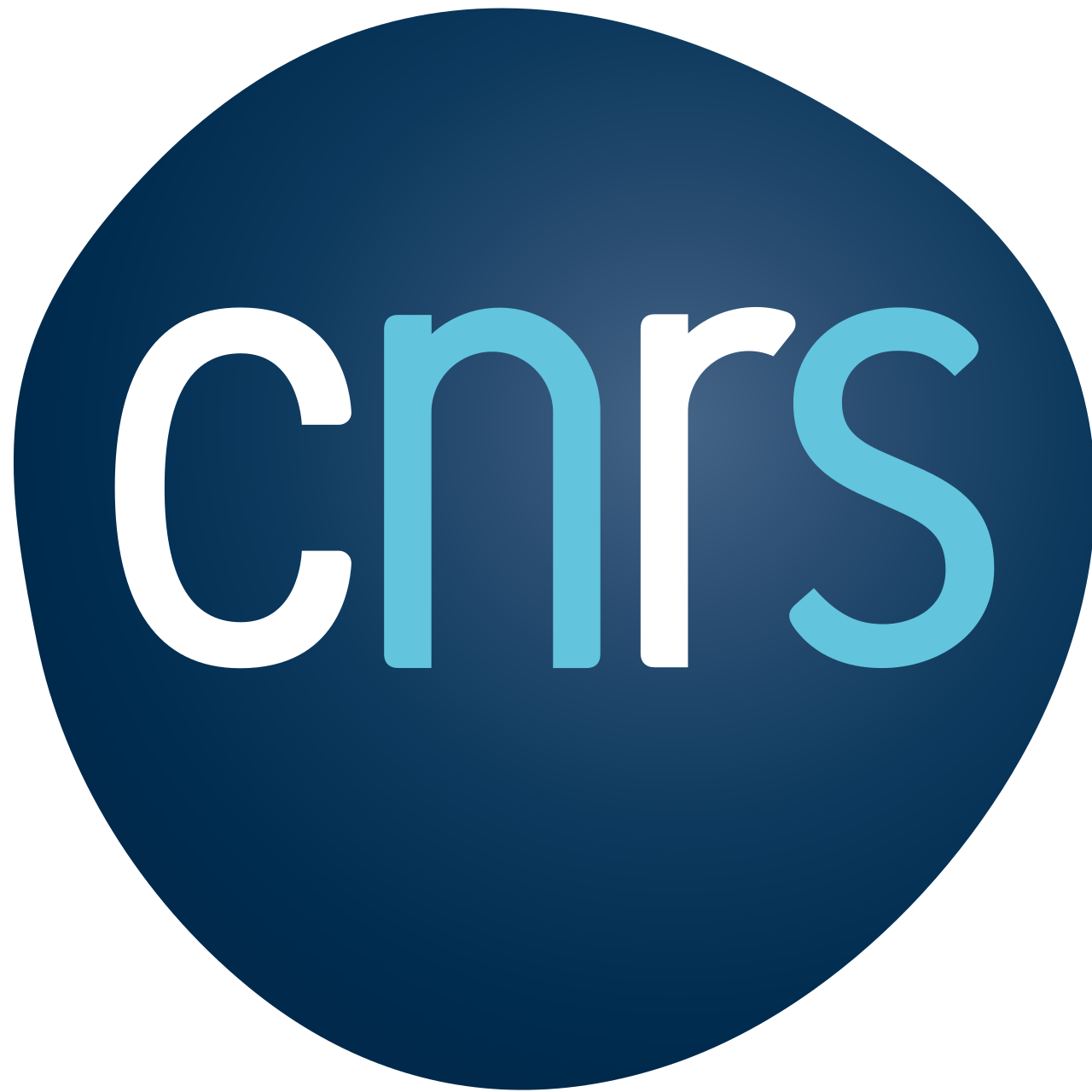
|
Centre National de la Recherche Scientifique |
| The French National Center for Scientific Research (CNRS) is the French state research organisation and is the largest fundamental science agency in Europe. In 2016, it employed 31,637 staff, including 11,137 tenured researchers, 13,415 engineers and technical staff, and 7,085 contractual workers. In 2016, CNRS counted 952 joint research units (runed in association with other institutions, such as universities or INSERM), 32 proper research units, 135 service units, as well as 36 international units. | |
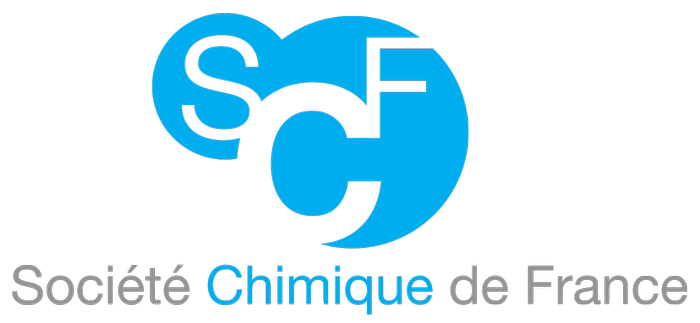
|
Société Chimique de France |
| Founded in 1857, the Chemical Society of France aims to bring together all the natural and legal persons regardless of their sectors of activity (public or private) involved in the chemical sciences and their applications, to represent the interests of chemists and to promote the role of the chemical sciences. | |
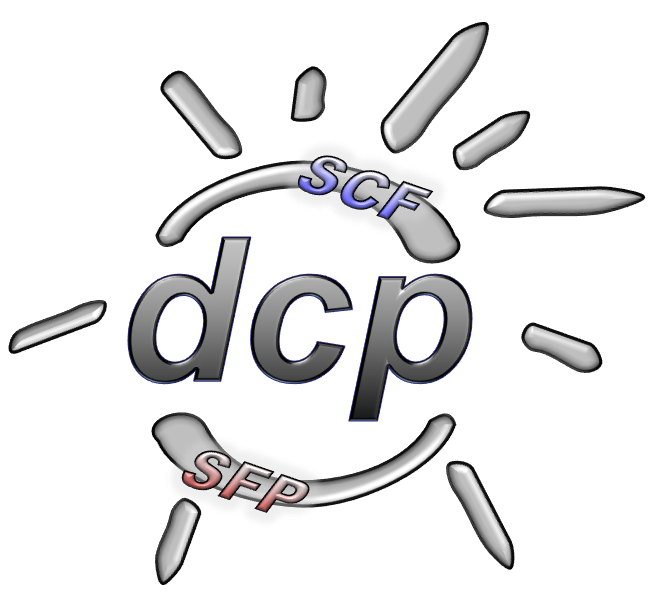
|
Division Chimie-Physique |
| The Physical Chemistry Division (DCP) and the Analytical Chemistry Division (DCA) decided to merge to broaden their sphere of influence and visibility. The new entity resulting from their merger will function as a federation so that each sub-discipline of Physical Chemistry can find its place there. The electrochemistry group has decided to join the DCP and DCA in the creation phase of this new entity and has strongly contributed to the development of its mode of operation | |

|
Subdivision Nanoscience |
| The Nanosciences Subdivision of the Chemistry-Physics Division is intended to serve as a platform for exchanges and proposals for this rapidly growing scientific field. Its primary ambition is to facilitate contact between researchers from different scientific disciplines, to disseminate relevant news, and to participate in and organize events around nanosciences. | |
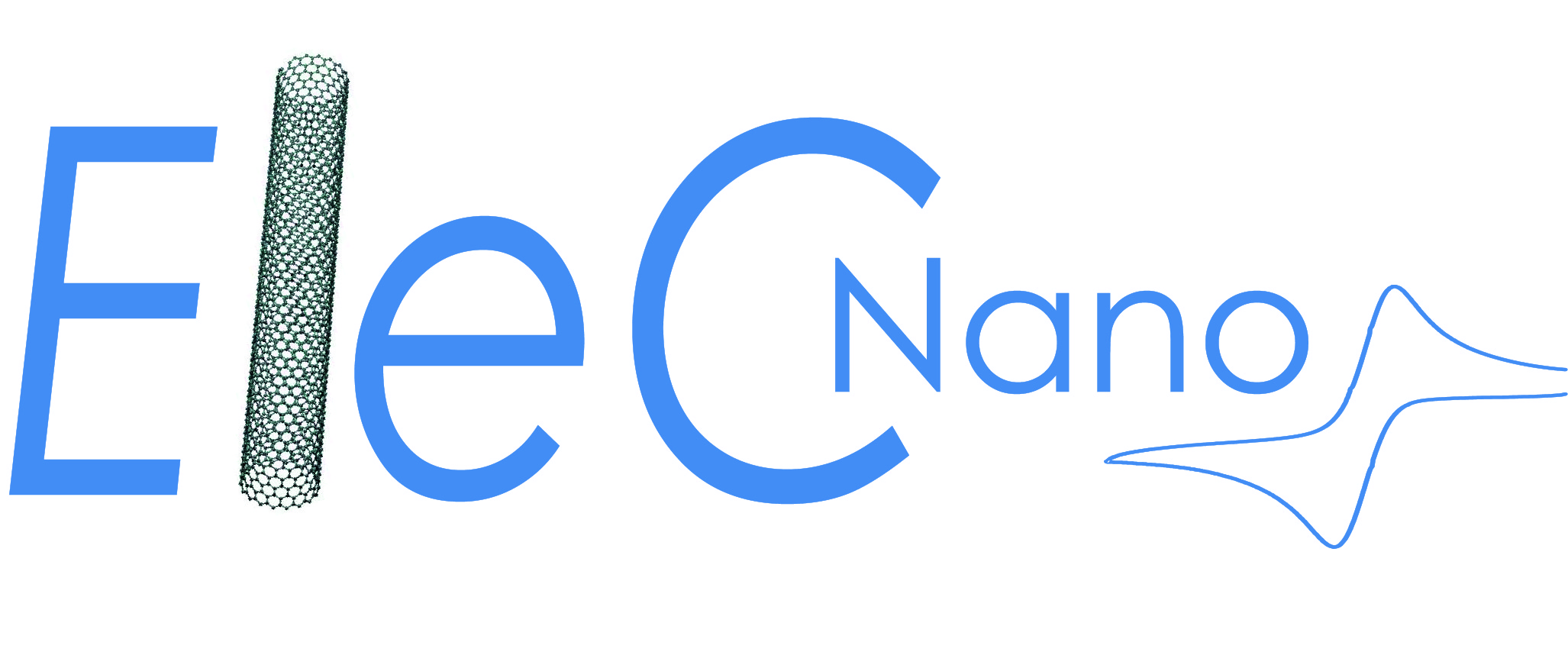
|
Subdvision Electrochimie |
| The Electrochemistry subdivision of the Chemical Society of France is a major player of electrochemistry in France. It has more than 330 members and its activities are organized by a Bureau of Elected Members, which is responsible for leading special and exceptional scientific events around electrochemistry. |
| Online user: 2 | Privacy |

|
